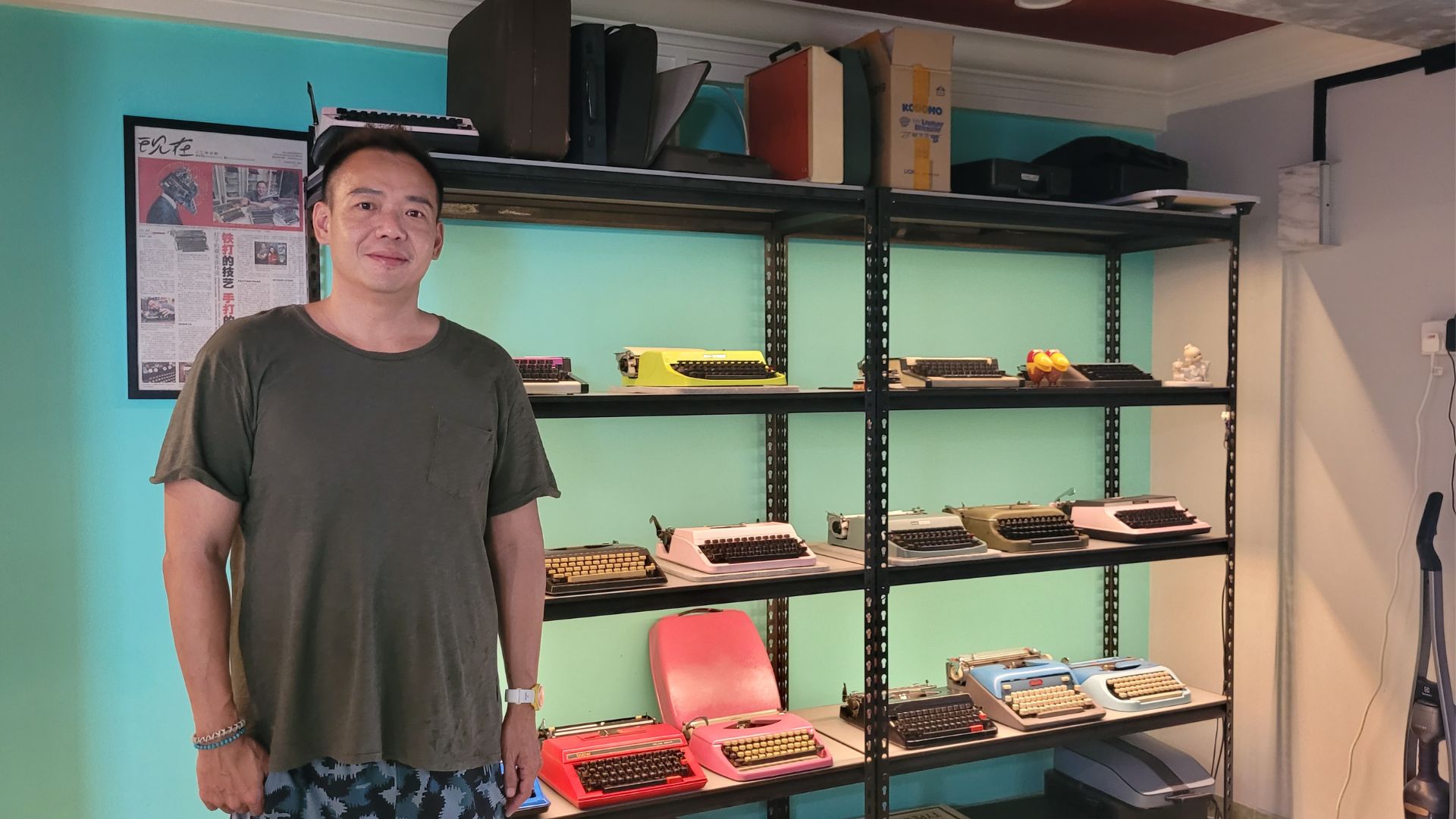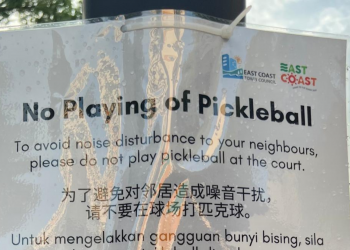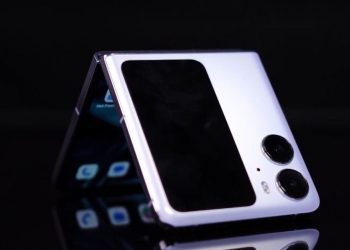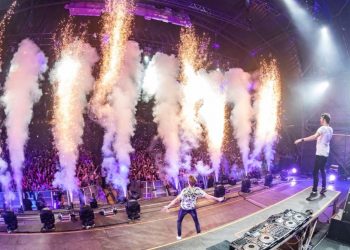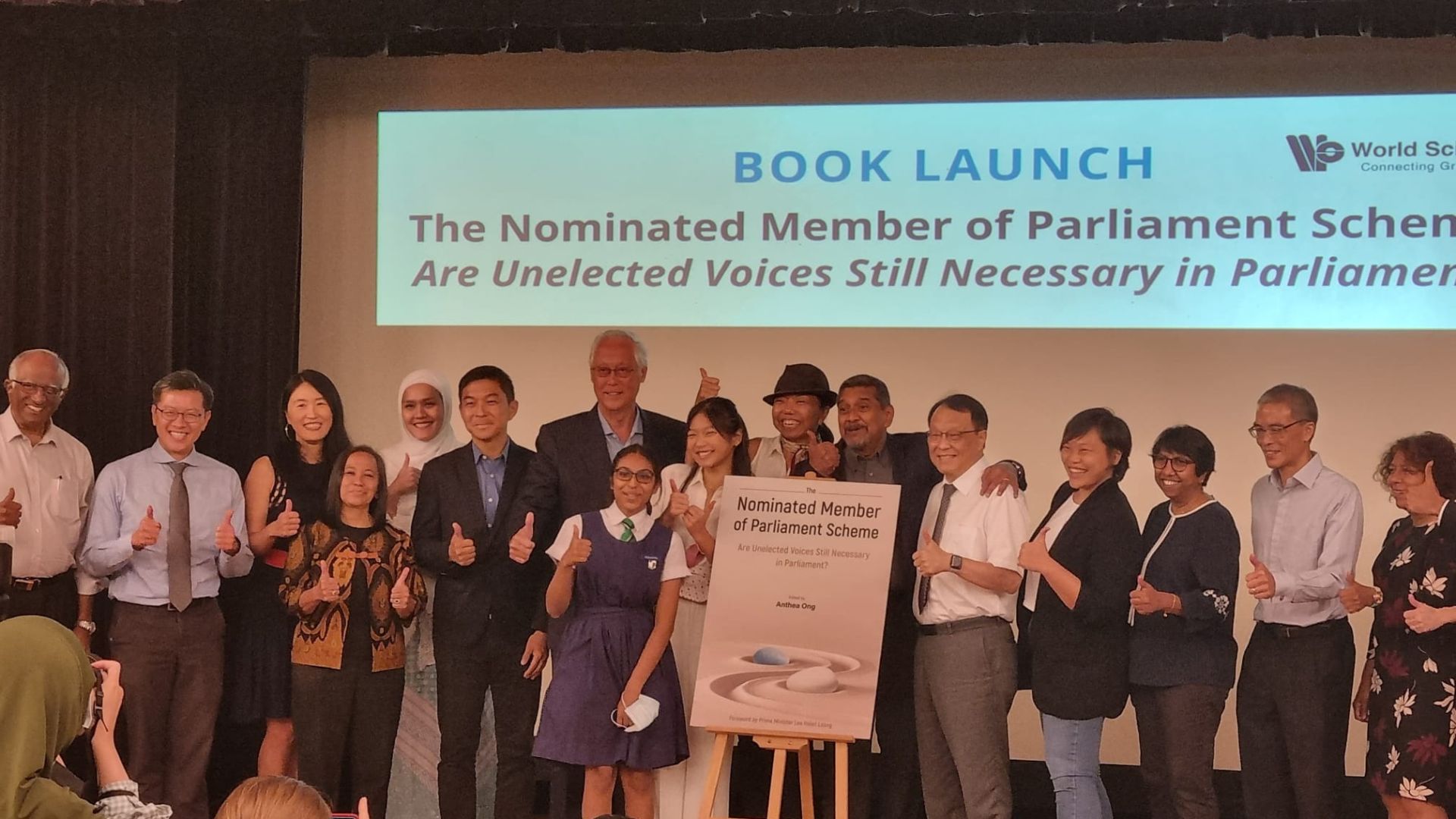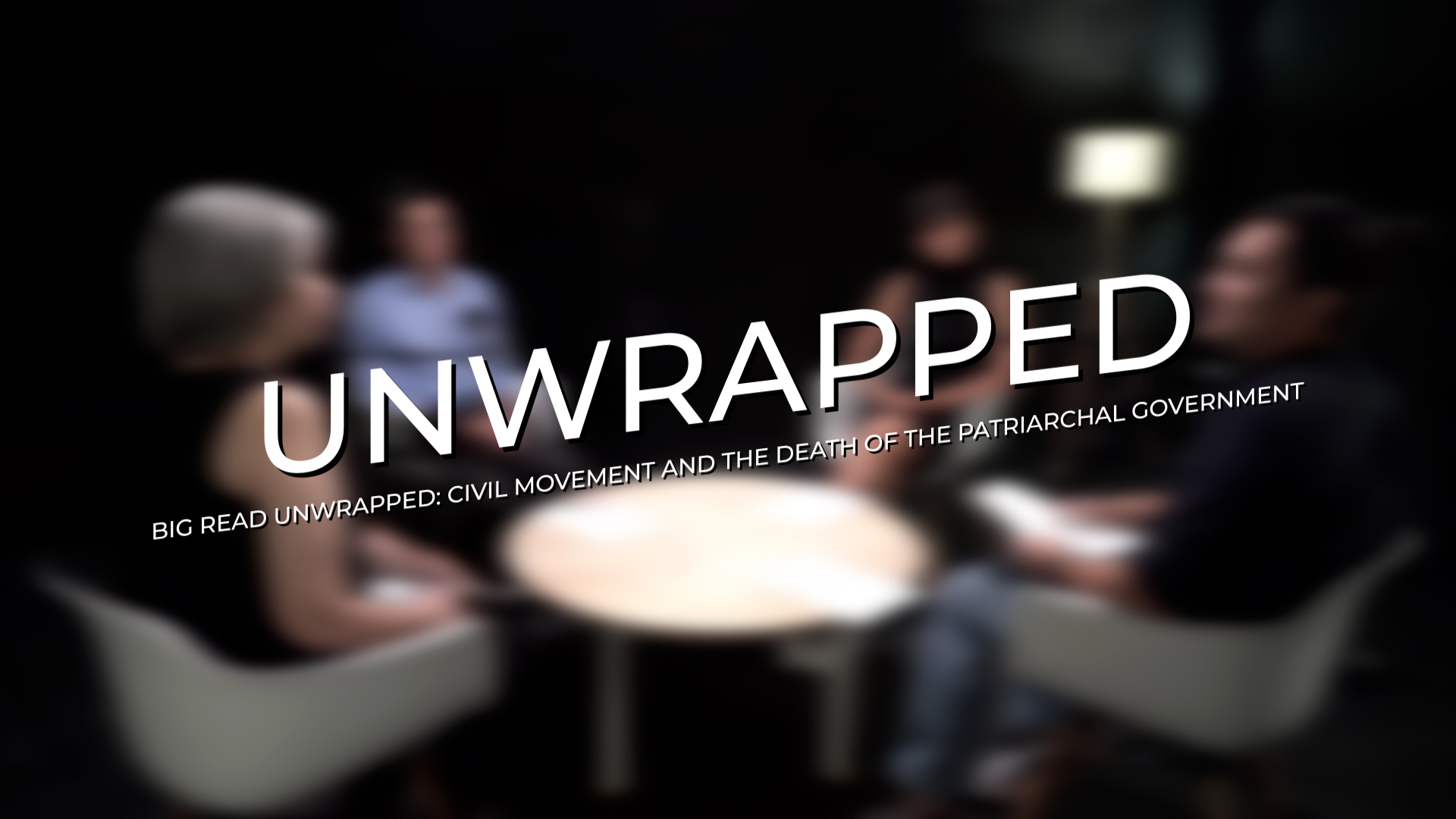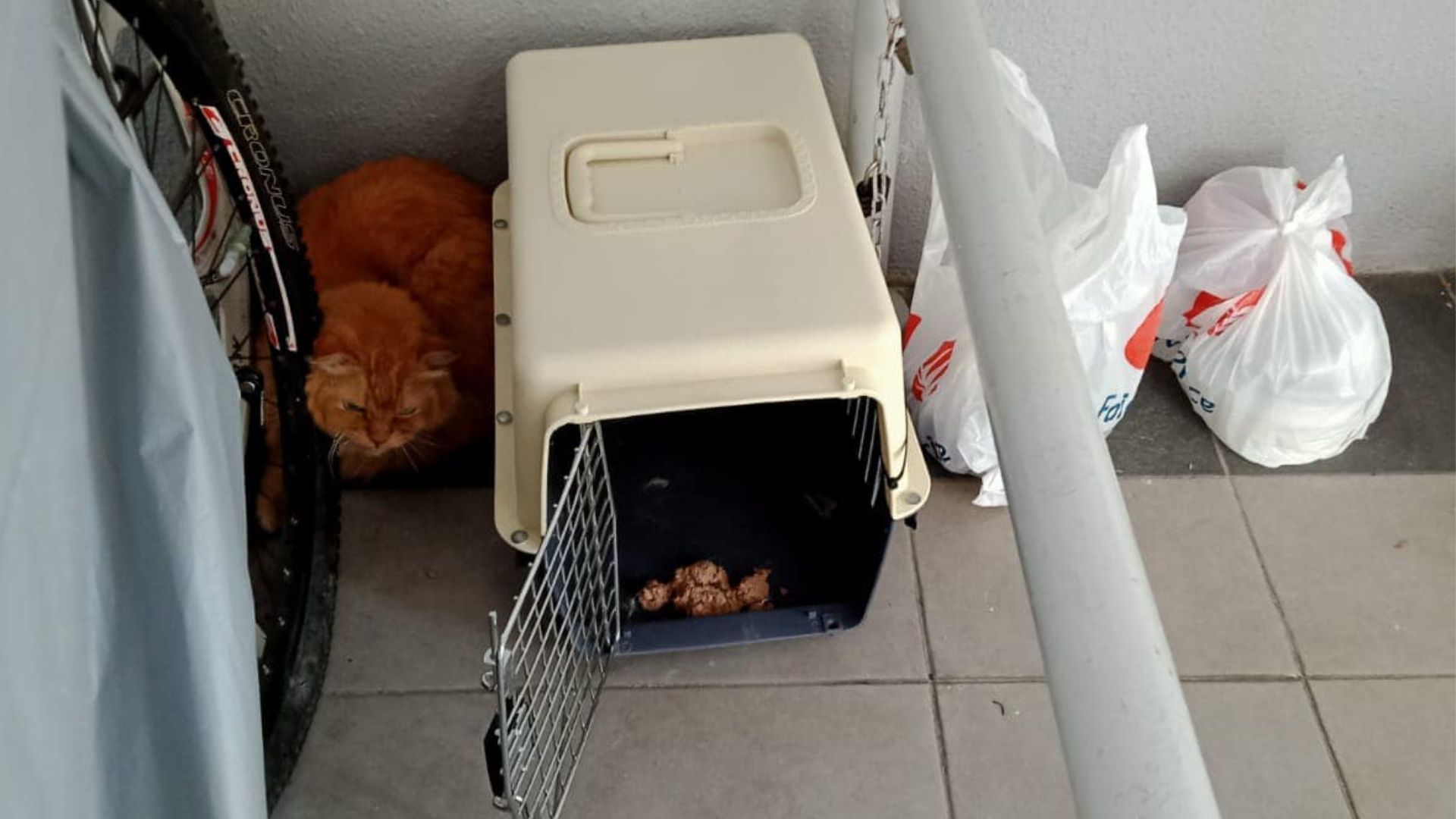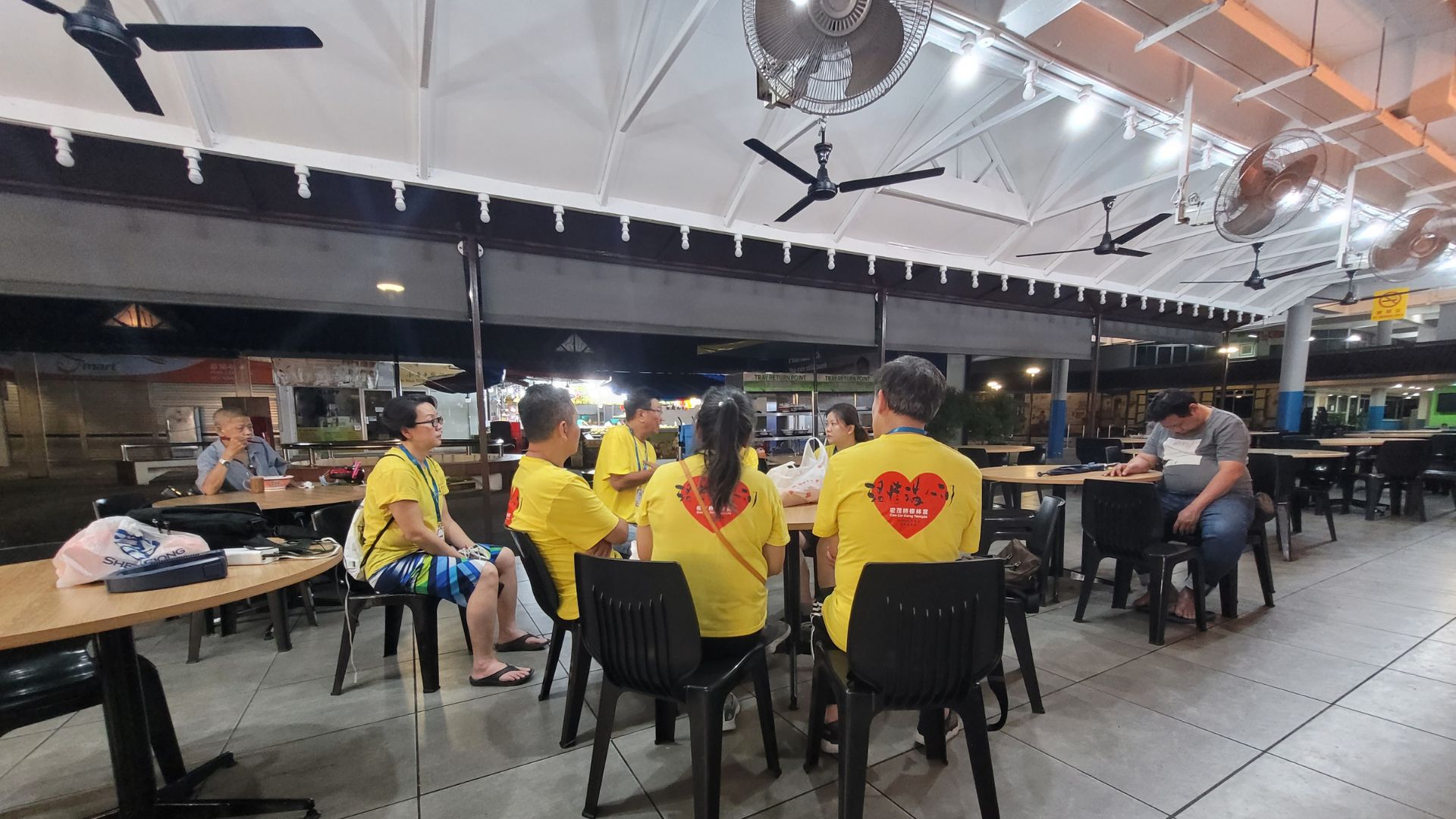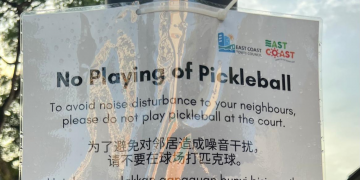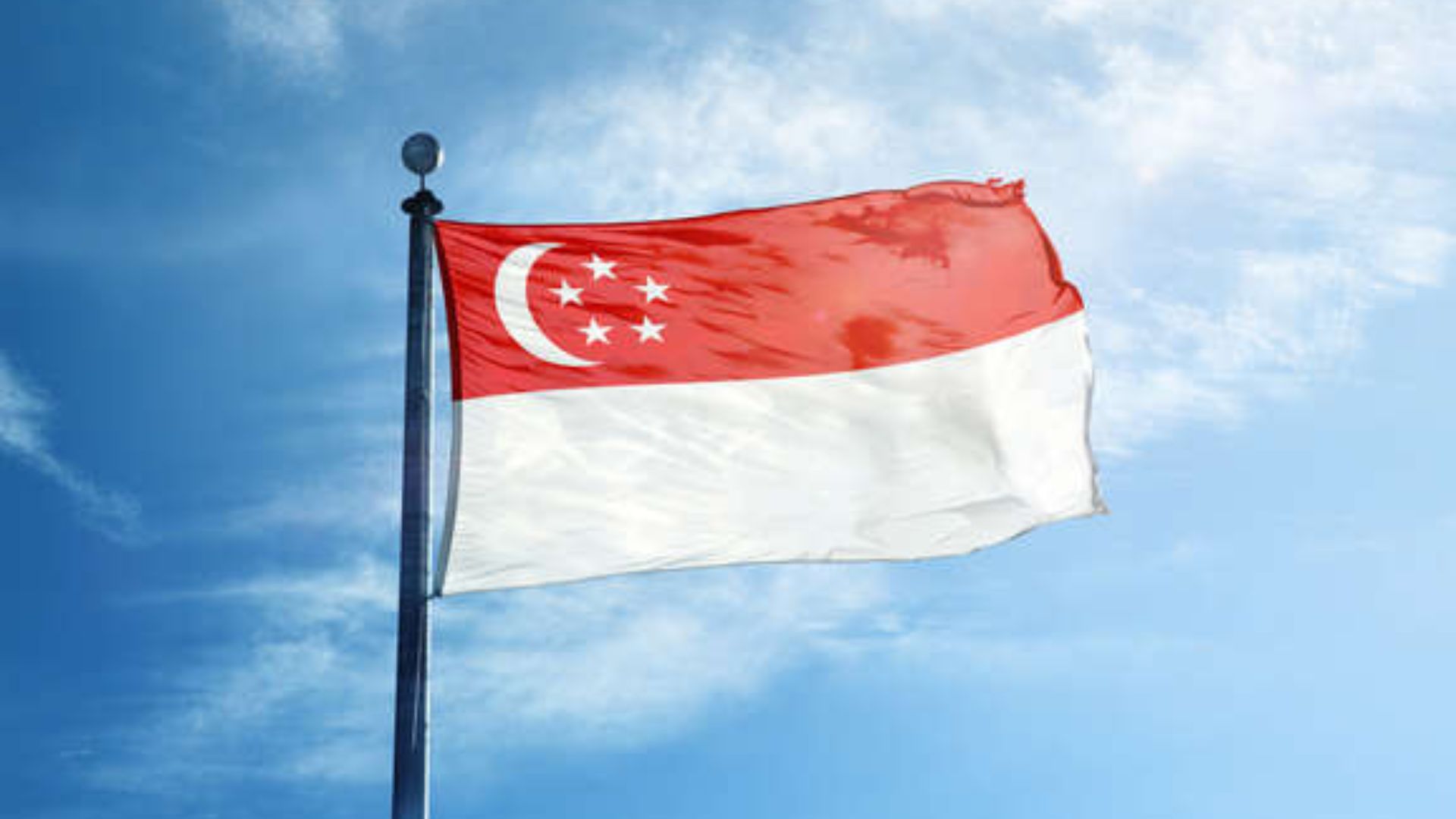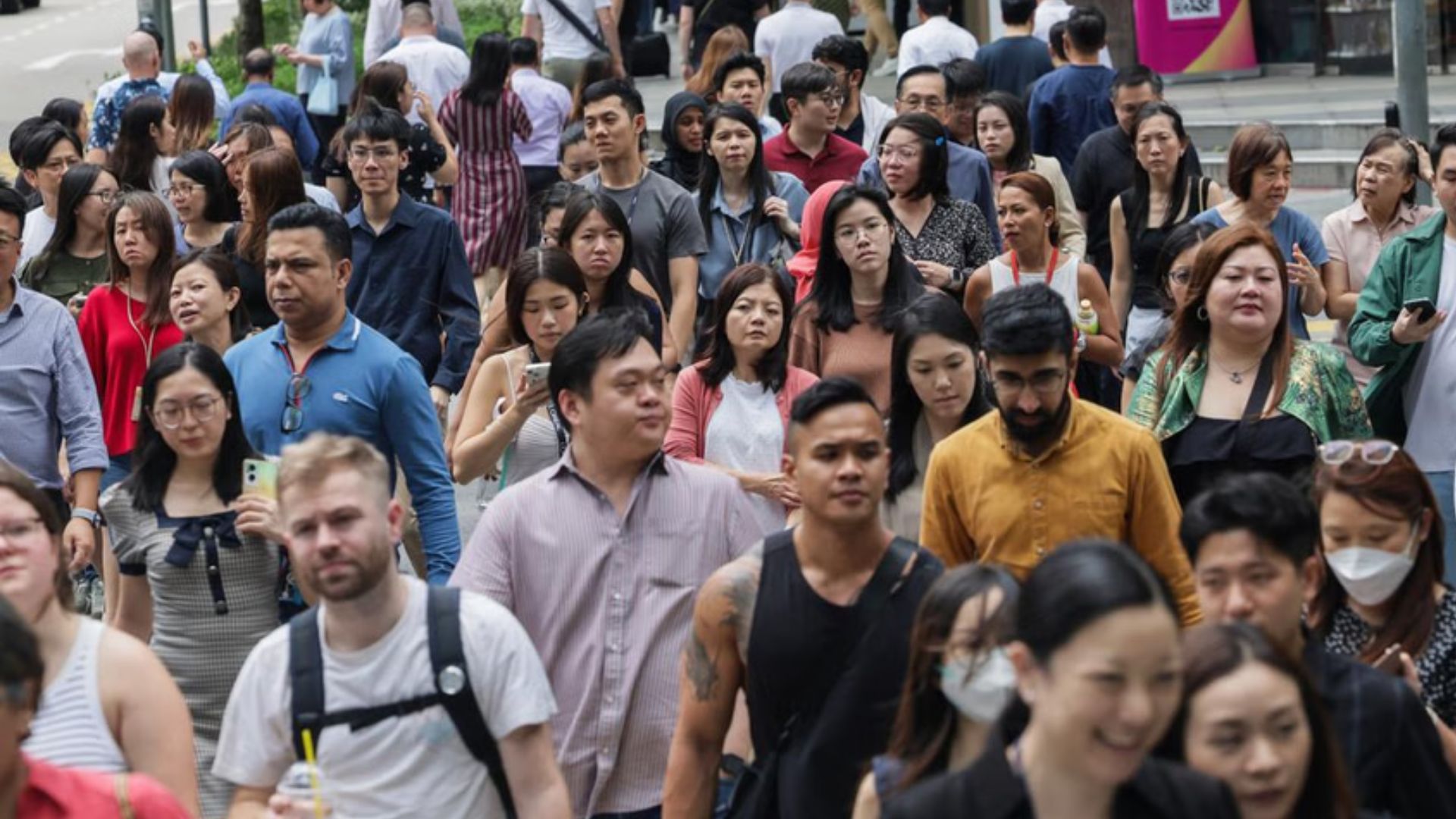There is nothing like the click-clacking sound of a manual typewriter.
Then imagine having to load paper into a cartridge, turn the paper into position with a knob, set your desired margins, then clank away on metal keys, return the cartridge, and repeat the process — all for just a letter.
No backspaces, no copying, and no cutting and pasting.
That is what using a typewriter was like. And while many who are used to the laptop or smartphone might find the “office piano” cumbersome, uncomfortable, or noisy, Mr Jason Chong finds it fascinating and a product worth preserving.
“People always ask me why I got into this trade. They think it’s because I’m a wordsmith, someone who is great at language. But it was fate, really. I didn’t plan this. It just happened and it went very smoothly,” says the 44-year-old.
Mr Chong owns and operates Vintage Empire, a typewriter repair and rental service, from his flat in Marine Terrace. And while the seascape along the East Coast Park from his windows provides a nice view, it is the rows of vintage typewriters enclosed in lighted glass displays that is the centre of his attention.
“The machinery itself is very interesting. I notice kids looking at them curiously. In a nutshell, I really feel it is a very good product despite them being old. But of course people who don’t understand are still sceptical,” he adds.
Mr Chong’s fascination that turned into a sort of love affair with typewriters started after he chanced upon one in a market. Coincidentally, his uncle John Lim worked for a typewriter service and repair company before retiring, so Mr Chong picked his brain and learnt his trade from him.
His uncle told him many of his old friends who were in the line had already died, taking with them the knowledge and skills in restoring typewriters. After learning the ropes from his uncle, Mr Chong started Vintage Empire to preserve typewriters and share the knowledge with others.
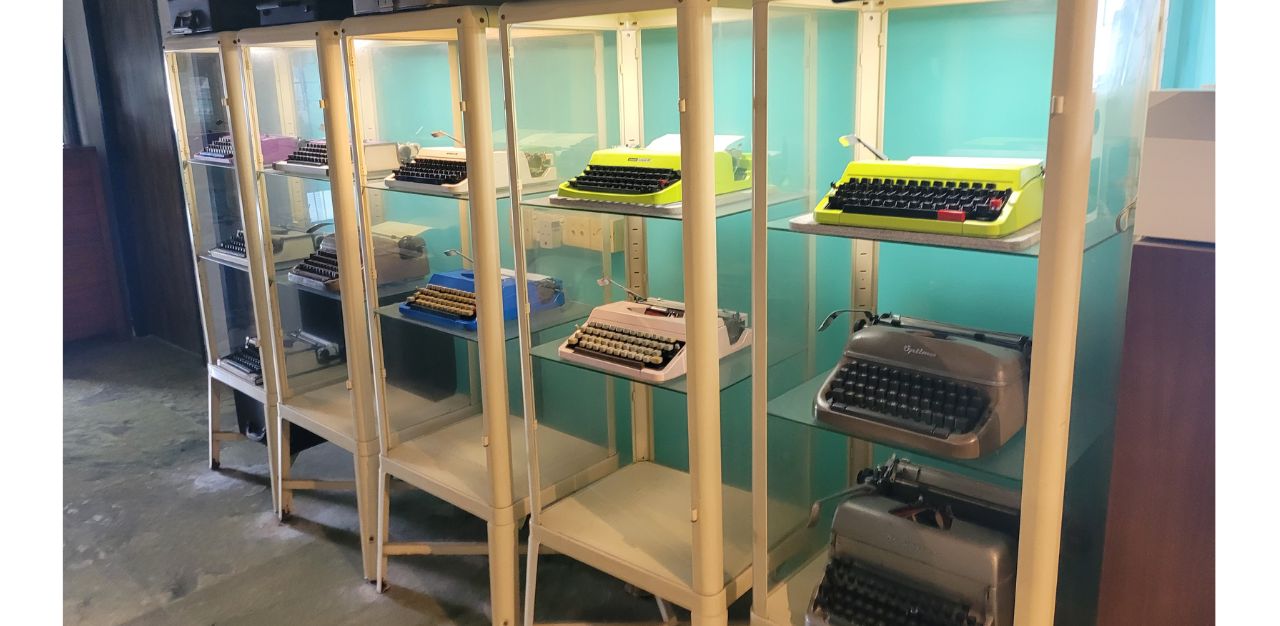
V for vintage
Cursive fonts and dual languages, musical and medical types. These were just some variations of typewriters that Mr Chong learnt as he “progressed down the rabbit hole”.
“As I learnt I realised it was much more complicated than I had thought. There’s a full range of parts, techniques, and ways to improvise. But the most important thing I discovered was that typewriters are not one dimensional. Before I got better in the craft, I thought that all typewriters were the same,” he tells TheHomeGround Asia.
Mr Chong’s competency as a repairman grew, and so did his knowledge of the production of the typewriter. He says typewriters are now rare as production ceased in the 1980s. Then these machines were custom built and Mr Chong even acquired a small collection for himself. He eventually sold some off.
“I’m quite happy that those people actually invested. Initially, they felt that it was very expensive but eventually they realised their worth. Although none of them wanted to sell the machines back to me, I’m quite happy (they are holding on to them),” he says.
Mr Chong’s joy also stems from being able to share the craft of typewriting with more people and helping preserve the memories that come with it.
“There’s this customer who liked poems so much she became a poet. It’s very inspirational when what you do connects you to someone’s passion. I think the most fulfilling and joyful aspects are when customers want to repair typewriters that used to belong to their loved ones who passed on. They are very sentimental and want them to be restored to their original (forms),” he says.
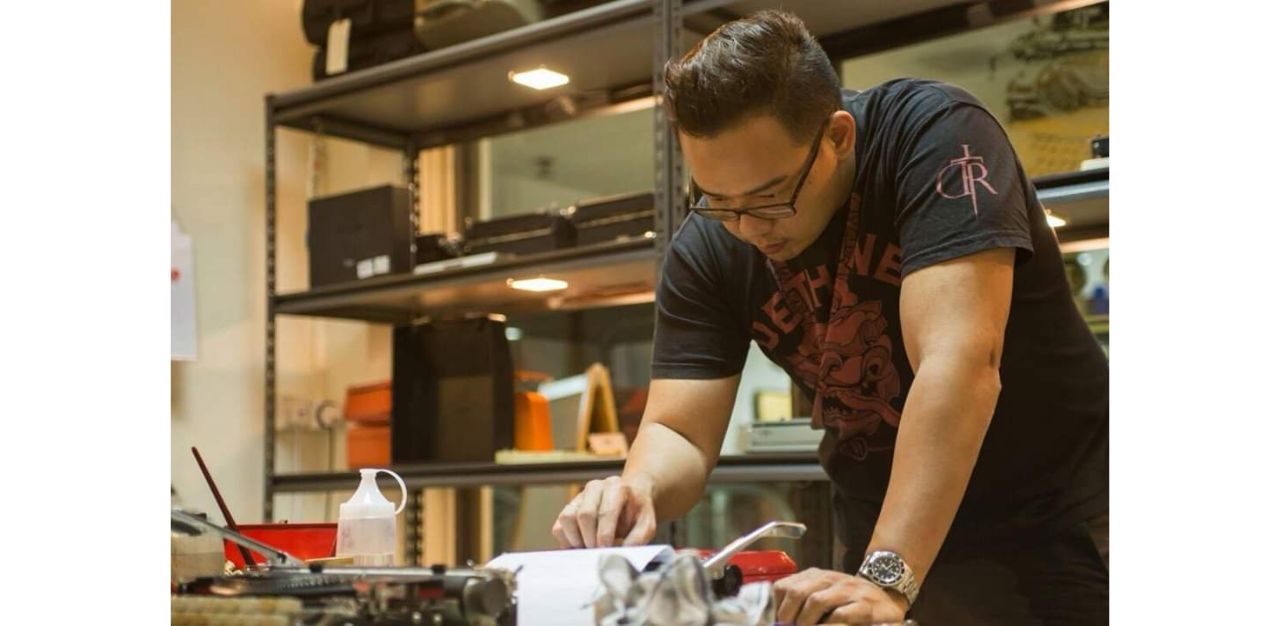
A well made typewriter can last a lifetime, says Mr Chong.
He points out that living near the coast where the sea breeze and moisture have caused his metal furniture to rust but his fleet of typewriters are still “in pristine conditions because of the better quality metals used in the production during the 20th century when labour cost was lower”.
Sharing user manuals on the Vintage Empire website, Mr Chong encourages typewriter owners to service and learn about their machines to not let the mechanical fixes spoil their experience.
“It’s for people who want to buy a typewriter. They might have the idea that they can just use their grandfather’s typewriter but because it isn’t serviced, it spoils their experience. They end up feeling that the typewriter is not very good to use,” he says.
And when it comes to the repairs, Mr Chong says most parts can be fixed with spring replacements among the common repairs. Gears on the other hand are harder to replace as they are specifically designed.
“After doing thorough checks, I know whether the machine can be saved. I will say the most ‘dangerous’ thing is when your machine skips a few spaces repeatedly while you are typing. There’s a 90 per cent chance that it’s broken because a tooth is missing. I would always advise people that if the repair cost is going to be about S$150, to get a new machine which costs S$200. It comes with warranties,” he adds.
Trending typewriters
Before he ran his business out of his living room, Vintage Empire used to be at Katong Plaza. But after surveying the footfall of the mall, his walk-in crowds and the increase in rent, Mr Chong pulled out and shifted his efforts to e-commerce. His living room cum typewriter gallery now welcomes many customers and he feels that typewriters are making a comeback.
“Interestingly, there are schools that have programs using the typewriters because they feel students’ vocabulary and writing skills are not so strong because of auto spell checks and social media. The students use typewriters so they can improve their concentration and the results are quite encouraging,” he says.
Businesses similarly have integrated typewriters into their operations. A local florist who uses the typewriter bought from Vintage Empire to personalise notes for their clients. Others include cafes like Penny university and Rumi at Arab Street, which organise poetry events and there are also scrapbookers who likes customisation the machine allows.
“In fact, one of the rarest ones are music typewriters which actually just type musical notes and are used by conductors. So that was sold to a client in Hong Kong who wanted to display it in a school,” he reveals.

Even in wider pop culture, Mr Chong has noted the resurgence of the typewriter. He shares a 2016 documentary ‘California Typewriter’, which focuses “artists, writers, and collectors who remain steadfastly loyal to the typewriter as a tool and muse”. It stars actor Tom Hanks and musician John Mayer who explained how he bought a Brother typewriter to write music. Lady Gaga is another celebrity who uses the typewriter. She had posted a picture on her Instagram using an Underwood.
Despite the fast moving world of the digital age, there is still room for things old and mechanical. Vinyl records have made a comeback as collectors feel the sound quality recorded is far better than its digital counterparts. When asked about the point of differentiation of the text produced between typewriters and computers, Mr Chong says it all boils down to history.
“I’m heavily influenced by the past, by people like Hemingway and other writers and the way they use typewriters. Mario Puzo used the Lettera. It’s very cool. I’ve seen the one used by Ian Fleming before,” he says.
Favourite typewriters and unique finds
“There’s always a golden chalice. I’ve been in this for eight years so I would collect 10 of my most favourite machines. Some of my favourites would be this prison typewriter which is totally transparent. The melotype, a musical typewriter, is one of the most expensive I’ve ever bought,” Mr Chong says, showing off his collection.
But his “absolute favourite typewriter” is the one Walt Disney used for his office. “He used a very special font called the walt font and is very rare. It has a very graspy kind of feel. That is one I would like to get my hands on,” he says.
Mr Chong says he has seen a receipt of a typewriter produced and sold in Singapore in 1982 for S$171. “I was explaining to people and they didn’t believe that typewriters back then were actually very expensive. There used to be an Olivetti factory in Bedok,” he says. It was where his uncle worked.
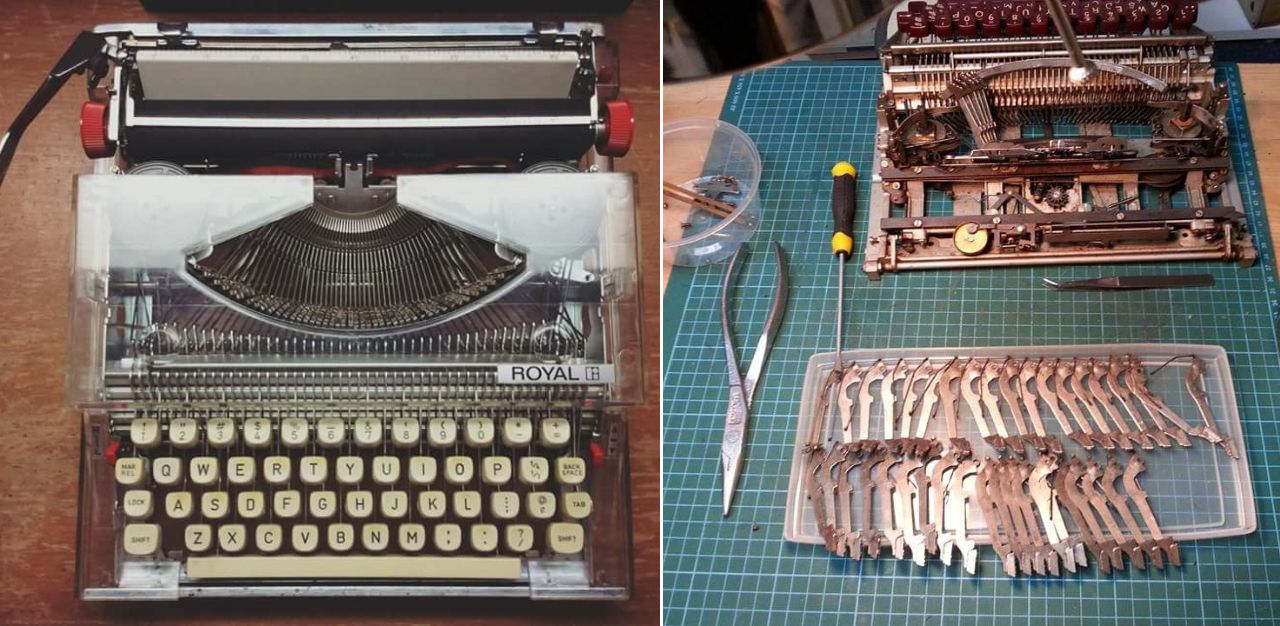
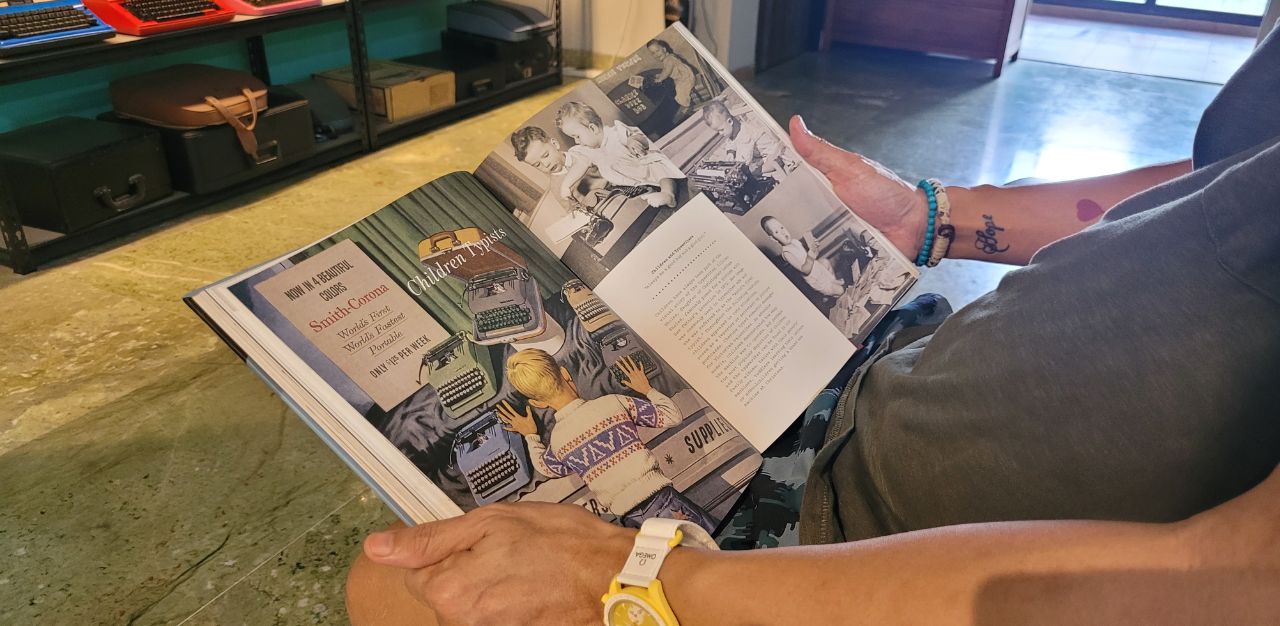
“If you ask me about the rare and iconic ones, there’s this typewriter that has the Schutzstaffel (SS) logo. The logos used to be scratched off as they were illegal. A customer had bought one with the logo still intact and this is very rare. There was even a typewriter with a clock. It was one of my most complicated repairs,” he adds.
Thinking about the journey and finds that typewriters have brought him through, Mr Chong feels that they have become “obsolete too fast”.
“It’s like when you used to drive a manual car and found it troublesome but after changing to an automatic one, you realised the automatic cars are heavier, consume more fuel, and you don’t have full control over it,” he sums.
RELATED: A Rollei camera, a factory coat, old photos: artefacts of Singapore in the 1970s
Join the conversations on TheHomeGround Asia’s Facebook and Instagram, and get the latest updates via Telegram.
